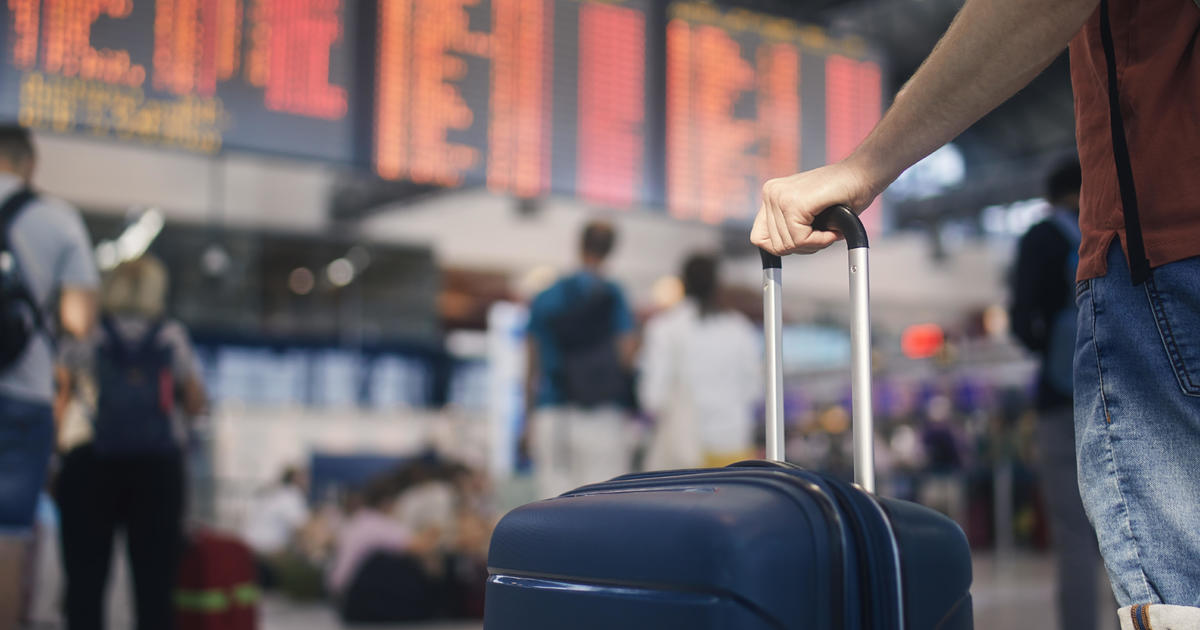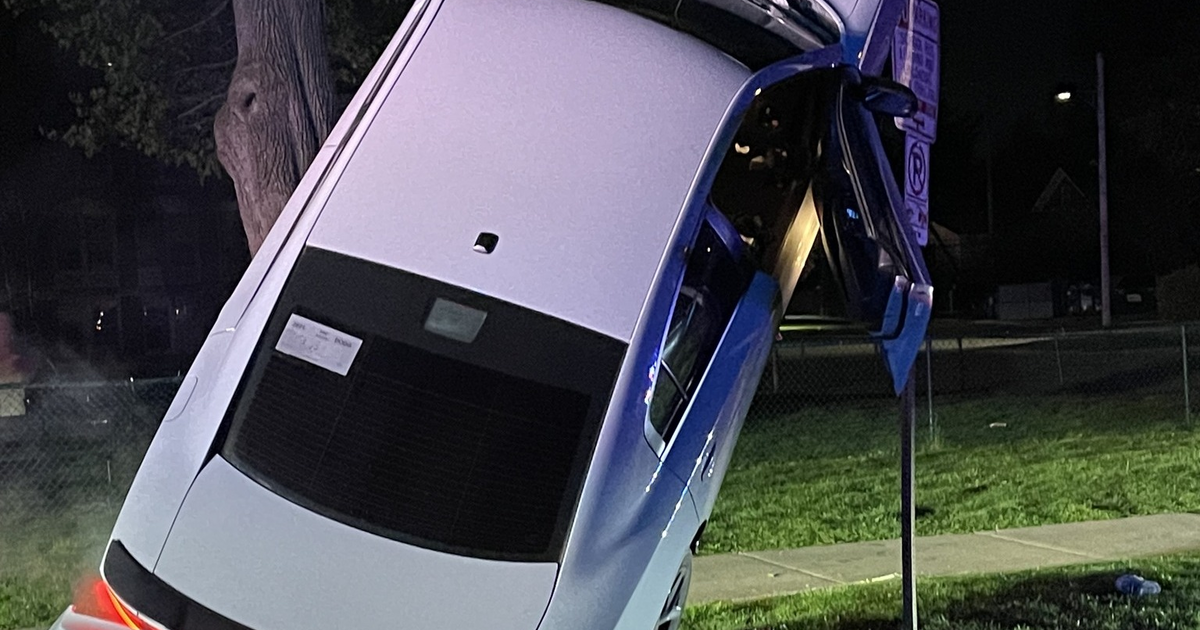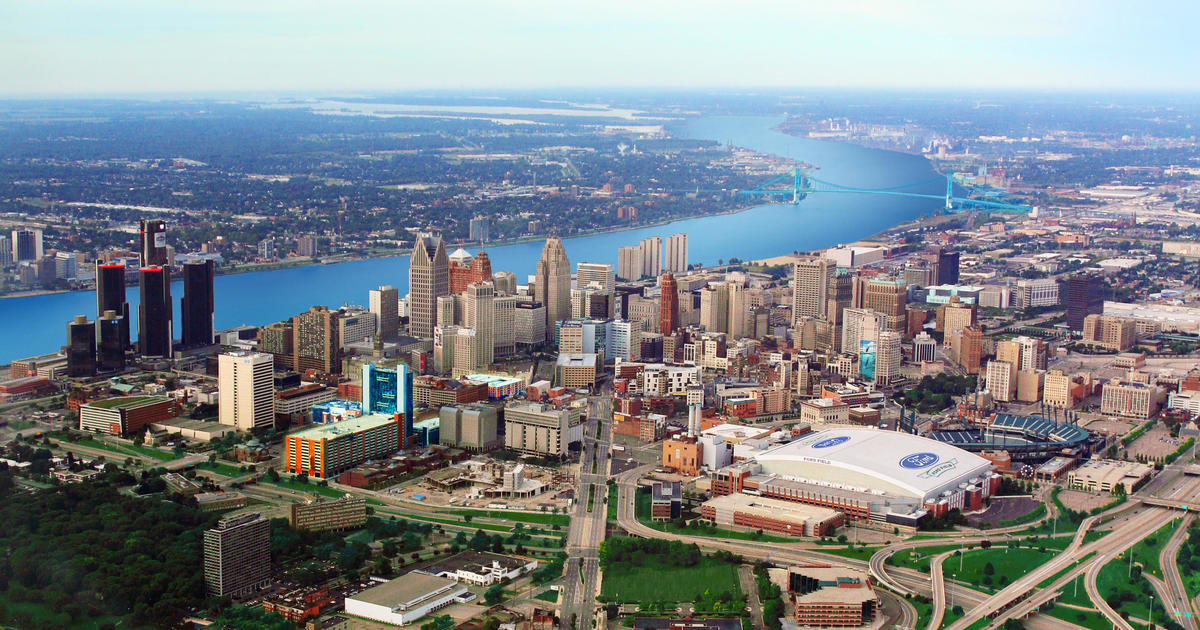Travel Guide To Paris, France
Known as the dazzling City of Lights, Paris is unquestionably one of the world's greatest cities. With famous attractions such as the Eiffel Tower, Notre Dame and the Louvre, Paris is the primary reason why France is the world's most visited country. From recommendations for dining and lodging to a list of 10 of the city's top attractions, this guide to Paris can serve as a resource for dining, lodging and advice on how to get around. Regardless of your budget, you can enjoy everything the amazing City of Lights has to offer.
 Gare du Nord (Credit, Randy Yagi)
Gare du Nord (Credit, Randy Yagi)
How to Get There
By Air: Two international airports serve Paris, with Charles de Gaulle Airport providing the bulk of international travelers. Charles de Gaulle Airport is France's largest and Europe's second busiest, after London's Heathrow. Orly is Paris' other major airport and is the primary hub for domestic travel. Charles de Gaulle Airport offers several options for ground transportation, including car rentals, hotel shuttles, taxi, train and service from the state-owned public transit RATP.
By Train: Paris has seven major train stations, with Gare du Nord (North Station) serving as the busiest station in Europe. Gare du Nord provides service to and from England, Belgium, Holland and Germany. Train service in Europe is very efficient, with arrivals and departures almost always on time. European train tickets for single or multiple days can be purchased from a number of reputable online sources, including Eurail and Rail Europe.
By Car: For most visitors, renting a car is not necessary since Paris has a very efficient public transportation system, in addition to taxi and shuttle services. However, there will be some consumers who prefer to rent a car. Still, driving in and around Paris will be quite challenging, with enormous amounts of traffic, one-way roads, unfamiliar signs and cobblestone streets.
 (Photo by Thomas Samson/AFP/Getty Images)
(Photo by Thomas Samson/AFP/Getty Images)
Currency
The official currency of France is the euro. The price of one euro is currently $1.36. In other words, 10 euros equals $13.60, 100 euros equals $136 and so on. During the past year, the euro has fluctuated between $1.20 and $1.40 for one euro. The best rates for the euro can be purchased at a bank in advance or by using an ATM in Paris while avoiding the multiple Travelex exchange booths in the city if possible. Parisian banks will accept most ATM cards and American Express, MasterCard and Visa all offer a practical online ATM locator via their official websites.
 Paris Metro Station (Credit, Randy Yagi)
Paris Metro Station (Credit, Randy Yagi)
How to Get Around
The best way to get around Paris is like most any other major international city with immense traffic – using the subway. The Paris Metro has been in operation for over 100 years but remains a very efficient form of transportation with most stations having trains arriving every few minutes. The RATP operates buses, Paris Metro and RER trains in Paris and most visitors will rely on the latter two. For instance, the RER C line has the closest transit station to the Eiffel Tower. It is generally not advisable to rent a car, for a number of reasons, such as cost, liability and theft.
For most visitors, the best pass to purchase is the Paris Visite pass, valid for one, two, three or five consecutive days and valid in up to five zones in Paris. Most of the city's attractions are located in zones one through three. While riding on the Paris Metro is generally safe, visitors must be aware of their surroundings and keep all valuables close by or better yet, left at the hotel, etc. Like any major city, there are pickpockets and many operate in groups, even small children. Nevertheless, riding the Metro allows visitors to visit many of the city's attractions in as little time as possible, while avoiding congested streets. Surprisingly, reading and understanding the Paris subway map is not as difficult as one would assume. A key element in getting around by subway is to know the end of the line for each Metro line.
Additionally, taxis are just as important as they are in New York City. Among the best taxi companies are Paris Taxi, City Cab Paris, Les Taxis Bleu, Taxis G7 and Taxis 75. Taxis with an illuminated sign indicate they are in service. Reservations can be booked in reservation via the respective websites.
 (Photo by Fred Dufour/AFP/Getty Images)
(Photo by Fred Dufour/AFP/Getty Images)
Where to Stay
From the backpacking nomad to the elite traveler, the City of Lights has a wealth of lodging options. Using three categories ranging from budget to luxury, here is a list of some of the top-rated overnight accommodations.
Budget: Alta Hotel Nation, Campanile Paris XV Tour Eiffel, Hotel Donjon Vincennes, Hotel Apollon Montparnasse, Hotel Manet, La Maison Montparnasse, La Manufacture, Le Relais du Marais, Le Village Hostel
Moderate - Upscale: Hotel de la Sorbonne, Grand Hotel Francais, Grandes Ecoles, Le Mareuil, Le Robinet d'Or, Hotel Carladez Cambronne, Hotel de Varenne, Hotel Felicien by Elegancia, Hotel Joyce-Asotel, Hotel St. Jacques
Luxury: Four Seasons Hotel George V Paris, Hotel Fouquet's Barriere, Hotel Le Bristol, Hotel Le Six, Hotel Plaza Athenee, Hotel Regina, Hotel Ritz, L'Hotel Paris, Mandarin Oriental, Saint James Paris – Relais et Chateaux
 (Photo by Fred Dufour/AFP/Getty Images)
(Photo by Fred Dufour/AFP/Getty Images)
Where to Dine
No other city in the world has more Michelin-rated restaurants than Paris. But because high-end restaurants are not practical for the vast majority of visitors, here is a collection of dining options including cheap eats and some of the world's most expensive restaurants.
Budget: Boco, Happy Nouilles, Higuma, La Mosquee de Paris, Le Cambodge, Maoz, Pizza e fichi, Telescope
Moderate: Au Petit Sud Ouest, Bistrotters, L'Avant Comptoir, La Coincidence, Le Petit Journal Saint Michel, Les Cocottes, Little Breizh, Pain, Vin Fromages, Pizzeria Bablou, Restaurant Afaria, Sanukiya,
Luxury: Epicure, Guy Savoy, L'Ambroisie, L'Arpege, Le Astrance, Le Grand Véfour, Le Meurice, Ledoyen, Le Pré Catelan, Pierre Gagnaire, Plaza Athnenee,
Top Attractions
 Arc de Triomphe (Credit, Randy Yagi)
Arc de Triomphe (Credit, Randy Yagi)
Arc de Triomphe
The Arc de Triomphe is one of Paris' most famous landmarks and arguably the world's most famous arch. Completed in 1836, the 164-foot high structure was built to honor Napoleon's Grand Armee. The arch is located on the western end of the Champs-Élysées, the most famous street in Paris. The arch features a number of impressive sculptures, including the famous "The Departure of Volunteers" in addition to engraved names of battles fought under Napoleon. The Arc de Triomphe can be accessed for a fee via an underground tunnel from the Champs-Élysées. The tunnel leads visitors under the arch, where the Tomb of the Unknown Soldier from World War I is located. Visitors can also walk the 40 steps to reach the top of the arch for some fabulous views of Paris, most prominently along the Champs-Élysées.
 Champs-Élysée (Credit, Randy Yagi)
Champs-Élysée (Credit, Randy Yagi)
Champs-Élysées
One of the world's most famous streets, the Champs-Élysées is also one of the most expensive retail locations. Extending about two kilometers, the famous boulevard connects the Arc de Triomphe to the west and the Place de la Concorde to the east. The Champs-Élysées features a number of chic restaurants, sidewalk cafes and many of the world's premier luxury stores, such as Cartier, Bulgari, Chanel and Louis Vuitton. On the last day of the Tour de France, the world's best cyclists complete eight laps around the Champs-Élysées in front of hundreds of thousands of spectators.
 (Photo by Eric Feferberg/AFP/Getty Images)
(Photo by Eric Feferberg/AFP/Getty Images)
Disneyland Paris
With more than 10 million annual visitors, Disneyland Paris is the most visited theme park in Europe. Located about 20 miles east of Paris, Disneyland Paris consisted of two parks – Disneyland Park and Walt Disney Studios Park – on 4,800 acres. Disneyland Park is much like its American counterparts, with sections like Main Street USA, Frontierland, Adventureland and Fantasyland at Disneyland Park and a neighboring theme park. The Paris RER train runs approximately every 15 minutes from Paris and a one-way trip takes about 45 minutes.
 Eiffel Tower (Credit, Randy Yagi)
Eiffel Tower (Credit, Randy Yagi)
Eiffel Tower
One of the world's most famous landmarks, the Eiffel Tower is also the world's most visited monument. Completed in 1889, the iconic tower measures 1,063 feet high, weighs more than 10,000 tons and is equipped with 20,000 light bulbs that glitter for five minutes each hour until 1 a.m. Visitors can take an elevator to the first, second or third floors or can walk up to the first two levels. The Eiffel Tower has two restaurants, including the Michelin-starred Jules Verne on the second level, under the leadership of Alain Ducasse, the first French chef to own three restaurants with three Michelin stars.
 Louvre (Credit, Randy Yagi)
Louvre (Credit, Randy Yagi)
Louvre
The most famous and most visited museum in the world, the Louvre is also the world's second largest museum. Originally built as a 12th century fortress, the Louvre has been a museum since the French Revolution. Among the museum's vast permanent collection is arguably the world's most famous painting – Leonardo Da Vinci's "La Gioconda," otherwise known as "Mona Lisa," in addition to the famous Greek sculptures - "Venus de Milo" and "Winged Victory." The familiar Louvre Pyramid, one of the most photographed structures at the Louvre, was designed by renowned architect I.M. Pei and opened in 1989.
 Moulin Rouge (Credit, Randy Yagi)
Moulin Rouge (Credit, Randy Yagi)
Moulin Rouge
Built in 1889, the Moulin Rouge (the Red Mill) is the world's most famous cabaret and the venue credited for popularizing can-can dancing. Today, Moulin Rouge is a very popular tourist destination and visitors can make reservations to see the world famous dance revue, which can also include an upscale dinner. Moulin Rouge is located in the Pigalle district, known for its adult-themed stores and theaters. Also nearby is the Montmartre Funicular that takes visitors within walking distance of the Sacré-Cœur basilica.
 (Photo by Bertrand Guay/AFP/Getty Images)
(Photo by Bertrand Guay/AFP/Getty Images)
Musee d'Orsay
Housed within a former 19th century train station, the Musee d'Orsay features the world's largest collection of impressionist and post-impressionist paintings. Among the museum's prestigious permanent collection are Renoir's "Dance at Le Moulin de la Galette," Van Gogh self-portraits, Monet's "Waterlily Pond" and "Green Harmony" and what may surprise some visitors, the painting of "Whistler's Mother" by American-born, British artist James McNeill Whistler. Located on the Left Bank of the River Seine, the d'Orsay annually attracts 3.5 million visitors.
 Notre Dame de Paris (Credit, Randy Yagi)
Notre Dame de Paris (Credit, Randy Yagi)
Notre Dame de Paris
One of the most famous churches and most visited in the world, Notre Dame is the cathedral of the Catholic archdiocese of Paris. Taking nearly 200 years to complete, the iconic church has been the site of several important events, such as the marriage between Mary, Queen of Scotts to Dauphin Francis, the coronation ceremony of Napoleon, the canonization of Joan of Arc and the Requiem Mass of General Charles de Gaulle. The cathedral draws more than 13 million visitors annually and continues to offer more than 2,000 events each year. While there is no admission to enter the cathedral, visitors can pay a fee to climb the approximately 400 steps to view the famous gargoyles that function as a spout to drain rainwater away and fabulous views of Paris.
 Sacré-Cœur (Credit, Randy Yagi)
Sacré-Cœur (Credit, Randy Yagi)
Sacré-Cœur and Montmartre
Sacré-Cœur is a magnificent Catholic church located on the highest point in Paris. Offering breathtaking views of the city, the church is a popular destination for both visitors and residents alike. Just a few steps from the familiar white church is the small neighborhood of Montmartre, lined with cobblestone streets, small shops and restaurants and a collection of talented artists who display their impressive works of art and invite visitors to sit to have a portrait sketched or painted for a fee that can be negotiated. Visitors who cannot access the steep steps to Sacré-Cœur may be able to take the Montmartre Funicular, about 330 yards from the Anvers Metro Station, or book a tour bus.
 (Photo by Bertrand Guay/AFP/Getty Images)
(Photo by Bertrand Guay/AFP/Getty Images)
Versailles
Located about 12 miles southwest of Paris, the Palace of Versailles is a spectacular chateau that served as the official residence of the French royals for nearly 100 years. However, the massive property is also a stunning display of the excessive opulence, which partly led to the French Revolution. The enormous structure lies in an area 25.87 square miles and features 2,300 rooms, 67 staircases and more than 5,000 pieces of furniture. Among the top highlights for visitors are the enormous Garden of Versailles, the courtyard and the Hall of Mirrors, the location for the signing of the "Treaty of Versailles," effectively ending World War I in 1919.
Randy Yagi is a freelance writer covering all things San Francisco. In 2012, he was awarded a Media Fellowship from Stanford University. His work can be found on Examiner.com Examiner.com.



